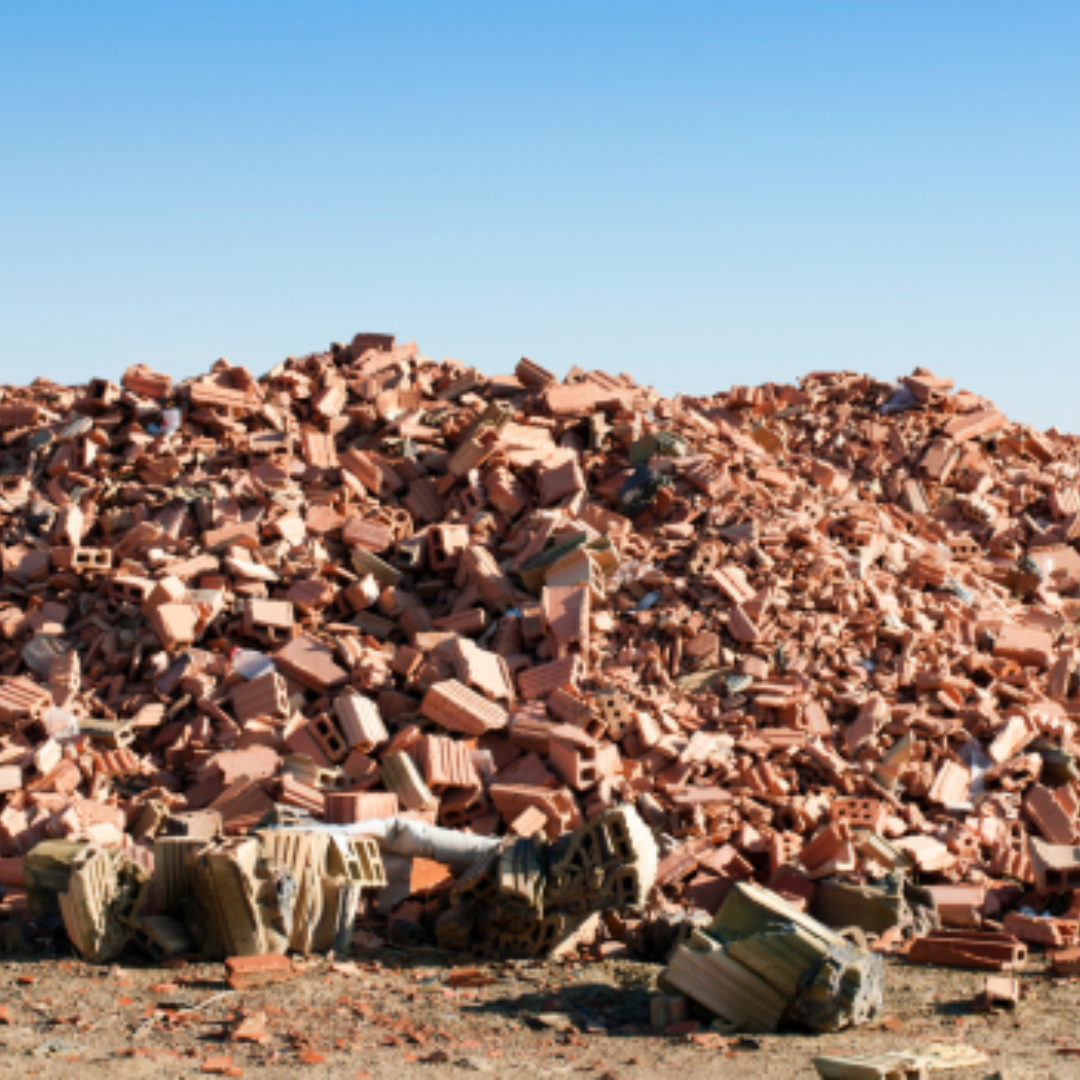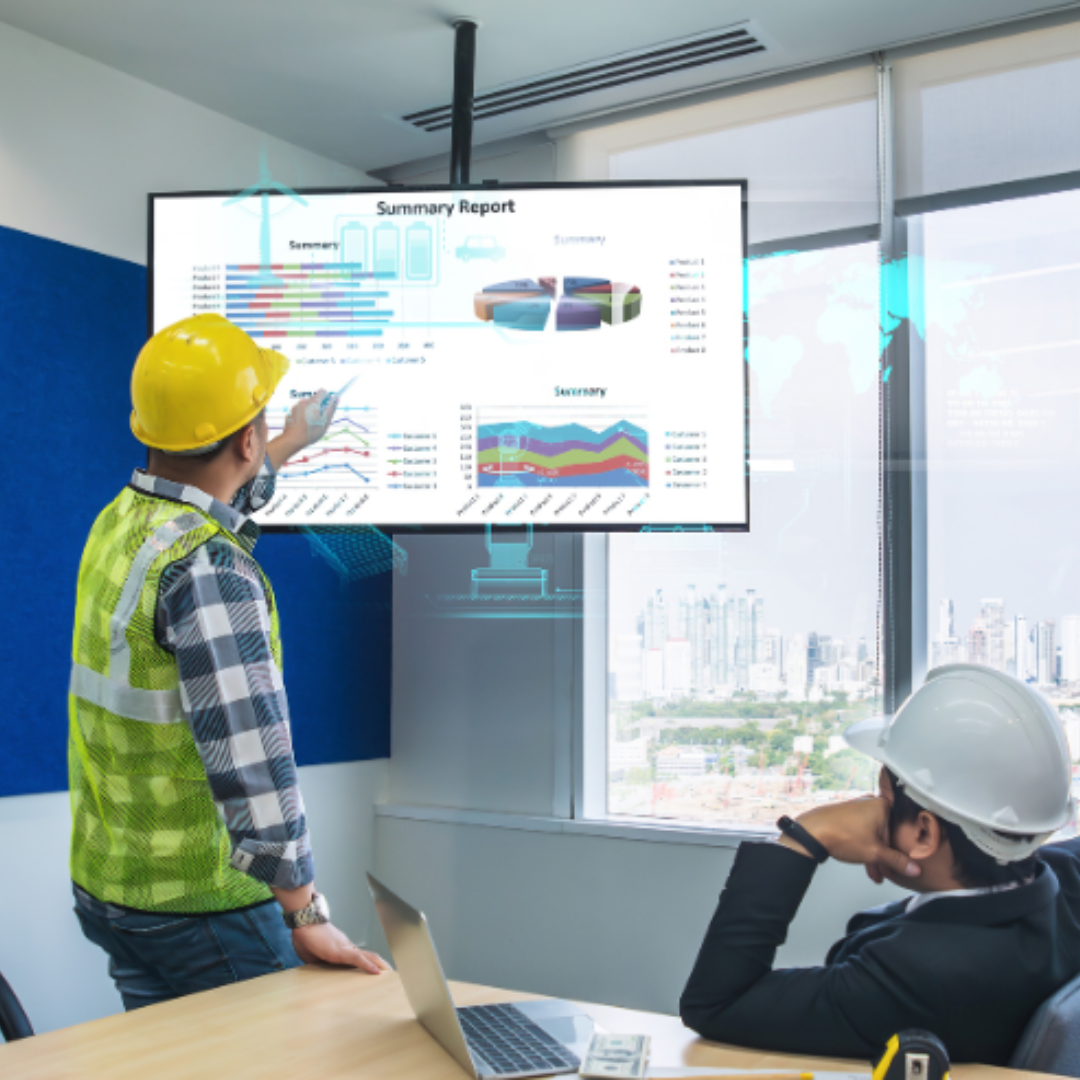1 min read
Maximise Profitability: How Efficient Waste Management Enhances Construction Projects
Managing construction waste is a crucial yet often overlooked aspect of built environment projects. By implementing digital solutions, contractors...

7 aspects is our take on factors contributing to waste production in the construction industry.
They identify significant impacts on the project delivery process which, when improved, lead to leaner construction.
They are based on the principles of the Toyota Lean Production System developed by Taiichi Ohno and Eiji Toyoda.
Inventory costs you money; until it is installed and paid for, those materials and that equipment are yours. In addition to the direct costs of both, there remains the risk of indirect costs via storage, space, packaging, transport and most likely, damage.
The Waste of Inventory masks the risks of other wasteful activities in the system. While ‘Just in Time’ deliveries are utopia in production terms, a ‘Just in Case’ ideology normally means over procurement of materials.
Time is money. Fact. Time is the one commodity nobody has a surplus of. So why do so many of our operations rely on others?
Whether it’s materials deliveries, waiting on design clarifications, plant being repaired, accident downtime or excess travel times etc. we spend a lot of time in our working lives waiting on responses.
This is an obvious waste with negative impacts; the Waste of Waiting disrupts programme and therefore flow, increasing stress levels in an already time-bound process.
In construction terms, this is the most serious of all the ‘Wastes’, with potentially major commercial impact on a Company from failing to meet the contractual deliverable of handing over on time.
As well as additional overhead costs, many contracts have financial penalties for over-running. The waste of underproduction is a result of many factors; long material lead times based on commodity demand, poor supplier relations and weather to name but a few.
These issues can cause a desire to recover that lost time quickly, tipping the delicate equilibrium of time and activity to a state where it can be out of control.
Recovery from Underproduction is not as easy as simply dedicating more resources to the task; more resource does not necessarily mean more time, productivity and capability, and if not managed properly can add to wasted time and procurement.
There is also the additional cost of that resource, adding to overhead and prelim costs when the project may already be sweating commercially.
Commonly, it also means increasing the physical production of wasted materials and subsequent procurement with the inevitable ill-considered but direct costs.
This is the most obvious and should be the easiest of all the Wastes to identify and eliminate before they are identified by your customers. Defects in quality inevitably cost more money than expected to rectify, through rework and replacement, wasted materials and can ultimately lead to a wasted reputation via dissatisfied customers.
“Measure twice, cut once” is an old cliché, but one which is ever more apt in an environment which can be stressed with the Wastes of Time and Overproduction.
"Lessons learned" does not necessarily mean "lessons heeded." At the heart of any quality system is the mantra of Plan, Do, Check, Act, yet the cycles of Muda, Mura and Muri are reflected in a similar mechanism where Plan, Try, Fail, Repeat is exercised.
Behaviours and cultures are at the heart of all these ‘amended Muda’s’ within the construction industry, and as with any industry-level required change it must be driven from within. The construction industry drives 6% of UK GDP while contributing 60% of all UK waste.
That’s a logarithmic dynamic which can change with one binary input: You.
In construction, resource efficiency is often regarded as a symptom of environmentalism. Driving efficiencies in water use, energy consumption and waste production are commonly overlooked, disregarding the fact that doing so can save time and money through reducing the impact of other Muda types as well as having positive environmental and sociological impacts.
The most overlooked waste of resource is that of people; we still operate in a command and control environment where it can be difficult to influence how things “have always been done” through opinion or innovation being discarded. Employee or staff engagement can often be a direct, zero cost means to eliminating other Wastes.

1 min read
Managing construction waste is a crucial yet often overlooked aspect of built environment projects. By implementing digital solutions, contractors...

1 min read
There are many essential strategies to consider in built environment projects to effectively minimise construction waste. A significant method to...

The following is content from a Construction Waste Portal partner, Brewster Brothers.